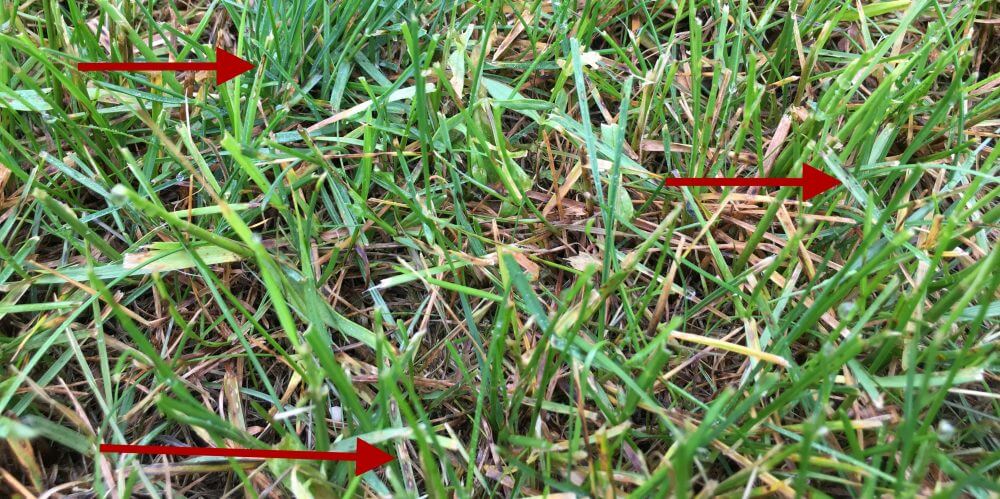With our weather predicted to enter the upper 80’s next week, perhaps higher, many lawns already infected with leaf spot disease will be susceptible and at risk for thinning, wilting, and or browning.
The excessively wet and cold weather for the past six weeks has created tender, succulent grass leaf blades. This, combined with the varying degrees of leaf spot disease many lawns are experiencing can cause wilting/thinning when exposed to high heat. High infection levels of leaf spot appear as patches with a distinct yellow/red, and or black appearance. Bluegrass is especially vulnerable, but all grasses can become infected.
When I posted back in early May regarding our cold/wet spring, we did not have leaf spot disease. Any high heat placed on compromised and diseased turf grass will be a dramatic shock to your lawn’s system. A fertilization can help the lawn outgrow the leaf spot disease. For our Chippers’ clients, lawns have or will be soon using up the spring fertilizer we applied, making a timely return visit of vital importance. We are targeting a 4-6 week window between your spring visit and the next fertilizer application.
The wet weather has placed disease pressure on grass and the sudden very warm temperatures we are expecting will compound any yellowing, browning or discoloration that may become more visible. Applying fertilizer will help. In severe cases of leaf spot, a disease spray may be warranted.
For our clients, if you suspect your lawn has a bad case of leaf spot, contact us for additional information or to request a site visit to determine the best course of action.

Lawn Alert: Disease Compounded by High Heat
Tags:
chippers
, Fertilizer
, brown lawn
, upper valley lawn care
, nh lawn care
, vt lawn care
, lawn disease
, leaf spot
, discolored lawn
, lawn yellowing

